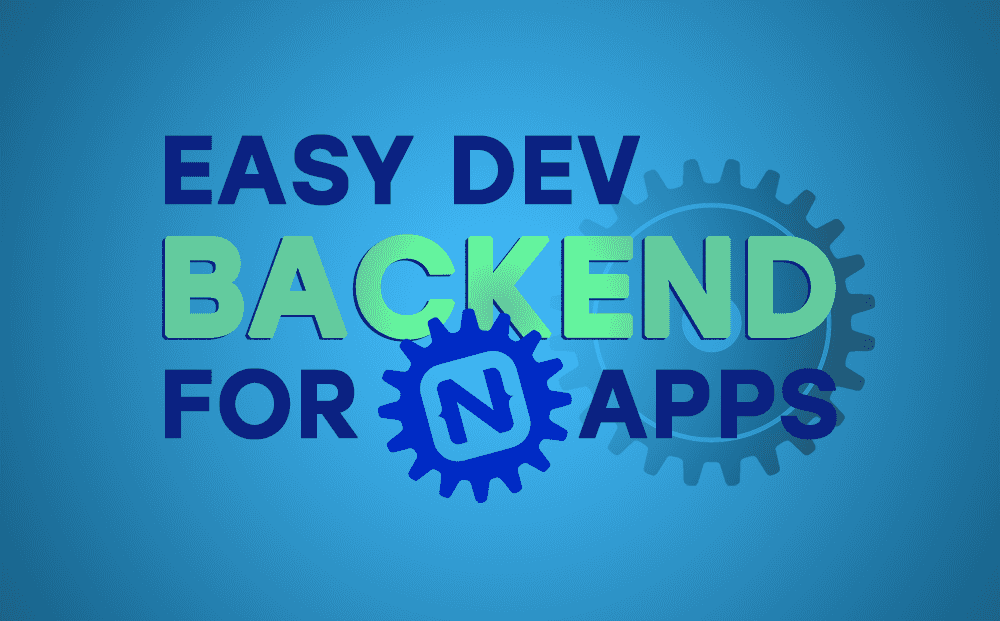Easy Dev Backend for NativeScript Apps
During development, I prefer using a local backend that I quickly spin up along with my NativeScript apps. Why? It's easy, it's offline, it…
Take control of your career. Build JavaScript mobile apps.
During development, I prefer using a local backend that I quickly spin up along with my NativeScript apps. Why? It's easy, it's offline, it gives me more control, and it allows me to reason about my app in a more realistic way during development.
This is part one of a two-part video series on using NativeScript with a local dev backend.
Part One
In this first video I use a collection of free and open source tools to get you up and running quickly and easily. We use Node and Express to run a local server, test out the API endpoints with Postman, and then convert the Hello World NativeScript with Angular app to fetch its data from this server. We even simulate a network delay and see how it effects loading and displaying of data.
I use a similar technique in the NativeScript with Angular Pro course and the NativeScript Core Pro course right here on NativeScripting.
This video comes in at fifteen minutes - a bit longer than usual. But it's definitely worth watching.
Part Two
In the second part of the two-part series, I show how to convert a fetch API call to using HttpClient and RxJS Observables to get data for the details page, and some problems that one could face while doing this. See part 2 here.
For more video tutorials about NativeScript, look at our courses on NativeScripting.com. The new Hands-on UI course is a pretty popular starting point for those starting out learning NativeScript and how to work with UI.
Let me know if you enjoyed this short tutorial on Twitter: @digitalix or comment here. And send me your NativeScript related questions that I can answer in video form. If I select your question to make a video answer, I'll send you swag.



